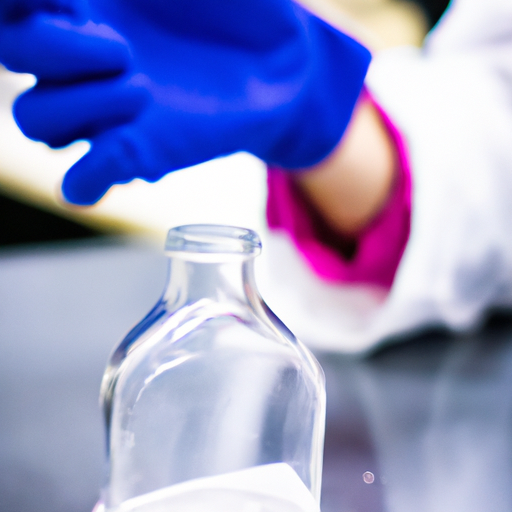What Are the Drawbacks of Cell Culture Technology?
Cell culture technology has revolutionized the field of biomedical research and drug development. It involves the growth and maintenance of cells in a controlled environment, allowing scientists to study cellular behavior and develop new therapies. However, like any other scientific technique, cell culture technology also has its limitations. In this article, we will explore some of the drawbacks of cell culture technology.
Limited Representation of In Vivo Conditions
One of the major limitations of cell culture technology is that it does not fully replicate the complex environment found in living organisms. Cells grown in culture lack the three-dimensional structure and interactions with neighboring cells and tissues that are present in vivo. This can affect the behavior and functionality of cells, leading to differences in their responses to drugs and other stimuli.
Contamination Risks
Maintaining a sterile cell culture environment is crucial to prevent contamination. However, despite strict protocols and precautions, the risk of contamination is always present. Bacterial, fungal, or viral contamination can compromise the integrity of the cell culture, leading to inaccurate results and wasted time and resources.
Genetic and Phenotypic Drift
Cell lines used in culture can undergo genetic and phenotypic changes over time. This phenomenon, known as genetic drift, can result in altered cellular characteristics and behavior. These changes can affect the reproducibility and reliability of experiments, making it challenging to compare results obtained from different studies or laboratories.
Difficulty in Mimicking Complex Tissue Interactions
Cells in culture often lack the intricate interactions and signaling pathways that occur in complex tissues. For example, the interactions between different cell types, extracellular matrix components, and the presence of blood vessels are challenging to replicate in a cell culture system. This limitation hinders the study of complex physiological processes and the development of accurate disease models.
High Cost and Time-Consuming
Establishing and maintaining a cell culture facility can be expensive. The cost of specialized equipment, culture media, growth factors, and other reagents can add up quickly. Additionally, cell culture experiments often require a significant amount of time to obtain meaningful results. This can delay research progress and increase overall project timelines.
Conclusion
While cell culture technology has undoubtedly revolutionized biomedical research, it is essential to acknowledge its limitations. The lack of in vivo representation, contamination risks, genetic and phenotypic drift, difficulty in mimicking complex tissue interactions, and the high cost and time-consuming nature of cell culture experiments are some of the drawbacks to consider. Despite these limitations, cell culture technology remains a valuable tool in advancing our understanding of cellular biology and developing new therapeutic strategies.




